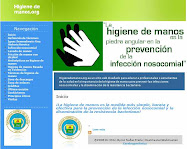Fossils of Cyanobacteria in CI1 Carbonaceous Meteorites
Richard B. Hoover, Ph.D. NASA/Marshall Space Flight Center
Dr. Hoover has discovered evidence of microfossils similar to Cyanobacteria, in freshly fractured slices of the interior surfaces of the Alais, Ivuna, and Orgueil CI1 carbonaceous meteorites. Based on Field Emission Scanning Electron Microscopy (FESEM) and other measures, Dr. Hoover has concluded they are indigenous to these meteors and are similar to trichomic cyanobacteria and other trichomic prokaryotes such as filamentous sulfur bacteria. He concludes these fossilized bacteria are not Earthly contaminants but are the fossilized remains of living organisms which lived in the parent bodies of these meteors, e.g. comets, moons, and other astral bodies. Coupled with a wealth of date published elsewhere and in previous editions of the Journal of Cosmology, and as presented in the edited text, "The Biological Big Bang", the implications are that life is everywhere, and that life on Earth may have come from other planets.
Members of the Scientific community were invited to analyze the results and to write critical commentaries or to speculate about the implications. These commentaries will be published on March 7 through March 10, 2011.







No hay comentarios:
Publicar un comentario
Muchas gracias por su visita. Es bienvenido su valioso comentario.